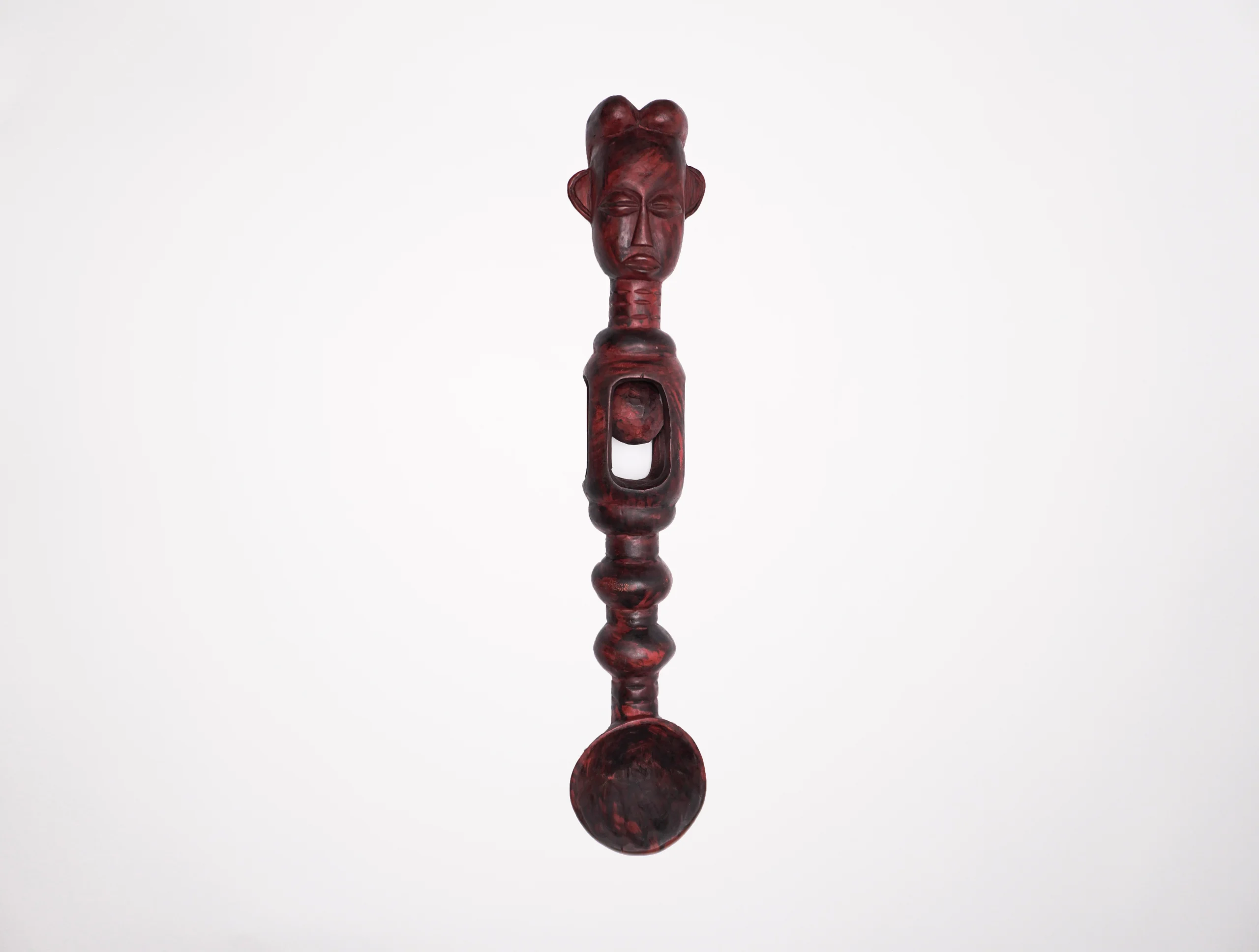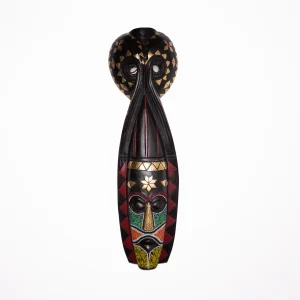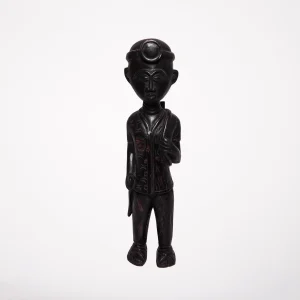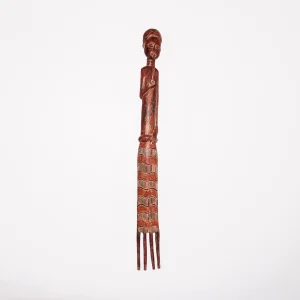Carved Wooden Fork and Spoon Carved wooden fork and spoon sets are ornamental utensils, often made in oversized proportions, and traditionally used as wall decorations, especially in dining rooms or kitchens. These decorative items are widely associated with cultural traditions in the Philippines and Pacific Islands and are sometimes believed to symbolize abundance, health, and prosperity. They are also popular as keepsakes or souvenirs from tropical tourist destinations like Hawaii. Further Details: 1. Cultural Symbolism: In cultures such as that of the Philippines, large wooden forks and spoons are more than just decor—they are thought to attract blessings like good health, a well-fed home, and general abundance. Their display is considered a gesture of hospitality and warmth. 2. Decorative Use: These items are often used as rustic wall hangings to add cultural or tropical flair to home interiors. They are typically placed in kitchens or dining areas to enhance the ambiance and express themes of nourishment and togetherness. 3. Popular Souvenirs: Visitors to Pacific Island locations, including Hawaii, often purchase these carved utensils as souvenirs. They serve as memorable tokens of travel and cultural appreciation. 4. Materials: Traditionally crafted from solid wood, these utensils may also be made using alternative materials such as ceramic, plaster, metal, or even porcelain for modern or stylized versions. 5. Styles and Sizes: They vary widely in style—from simple and functional-looking to highly detailed carvings with cultural motifs or tiki designs. Oversized versions, often ranging from one to three feet in length, were particularly popular in mid-20th-century home decor, especially during the 1960s. 6. Historical Trend: Giant wooden fork and spoon wall hangings gained popularity as decorative items in American households in the 1960s, symbolizing warmth and hospitality, and have since seen nostalgic revivals in vintage or retro-themed interiors.
SPOON











